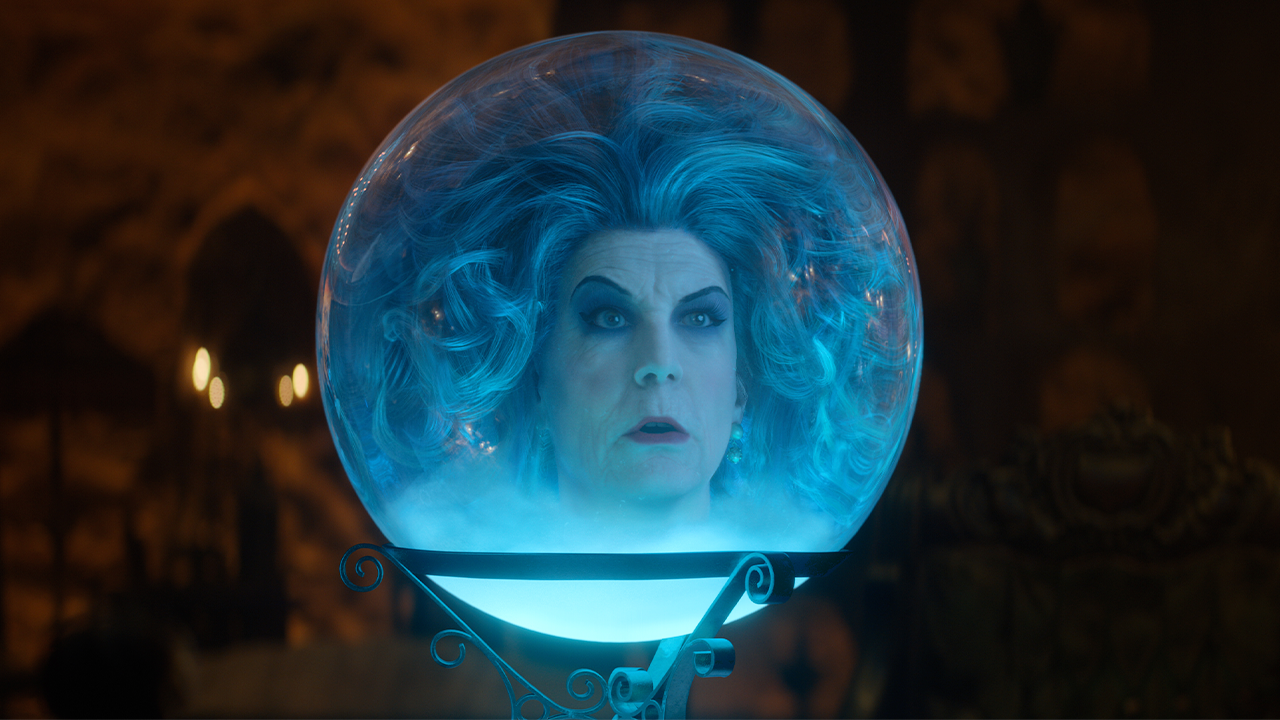America Ferrera on Expanding the Barbie Narrative: ‘More of Us Get to Feel Seen’
DISCLAIMER: This interview took place prior to the SAG-AFTRA strike.
America Ferrera is all dolled up.
Or, well, I imagine she is. We’re on the phone together and it’s nerve-wracking, talking to someone who ostensibly shaped my childhood.
Real Women Have Curves, Ugly Betty, Sisterhood of the Traveling Pants. Ferrera was a north star of sorts for young Latinas unused to seeing their stories so lovingly portrayed on screen. There’s a complexity in occupying this status as a “body-positive” icon before body-positivity entered mainstream consciousness – especially during a time where near-emaciation seemed to be the goal to strive toward. Ferrera’s work functioned like a salve against rigid Eurocentric beauty standards. These weren’t soppy narratives full of empty words about self-acceptance. Instead they faced down a judgemental society and dared it to say anything, featuring characters who recognized that they deserved more than loving themselves “in spite of.”
And now, she plays a pivotal role in the Barbie movie.
As Gloria, Ferrera portrays a mother desperately seeking reconnection with her sharp-edged teen daughter. I asked her what it meant to be a part of director Greta Gerwig’s ultra-pink romp, considering it didn’t always feel like Barbie herself represented Latinas in the same way Ferrera herself did.
“I also didn’t grow up playing with Barbies and I also didn’t feel really reflected in the world of Barbie,” she told me. “When I read the script, I was so surprised and moved by the fact that this is a moment that is expanding that narrative. A narrative about a very influential and dominant female icon in our culture.”
She continues, “That’s the exciting part of being a part of this, that more of us get to feel seen not just because of the color of our skin or our background, our ethnicity, but because of our different perspectives on what Barbie has meant to us. Positive and negative and everything in between.”
There’s a moving moment in the film when Gloria delivers a fierce monologue disparaging the insensibilities of performing womanhood, a societal practice where nothing is ever quite good enough. “Barbie and Gloria actually find the thing that connects their experiences,” Ferrera says, “which is this impossible assignment of expectations. I just don’t know any women in my life who that’s not true for.”
There’s a sense too that Barbie is both young and old, naive and wise, mother and daughter. “It’s this undeniable relationship that we have to Barbie, who at times in her legacy has been revolutionary,” Ferrera says. She illustrates this by describing how Barbie was one of the first dolls that wasn’t a baby doll and that her 1960s Dreamhouse very deliberately did not include a kitchen. The goal was for young girls to dream beyond the domesticity that was typically forced upon them.
I ask her about the 2002 film in which she starred, Real Women Have Curves, a raw and honest portrayal of the relationship between a teen daughter and her rigid immigrant mother. Where that relationship is fraught with the mother’s disapproval, the one between Gloria and her daughter Sasha (Ariana Greenblatt) in Barbie sees a mother much more understanding of her daughter but at a loss as to how to approach her. One particular pain point is Gloria’s love of Barbie and Sasha’s fierce rejection of her.
“It’s this undeniable relationship that we have to Barbie, who at times in her legacy has been revolutionary”
“For Gloria, there’s a heartbreak in that her daughter is, in a way, dismissing something that she values so much,” says the actress. “Maybe in that way it is similar to every other mother’s experience – whether it’s our immigrant mothers with ideas that we grow up to reject or try to change or really push up against. That’s so often a point of conflict for mothers and daughters: How does a mother respond to her daughter choosing different values than what [the mother] has?”
She continues, “What’s beautiful about this Latina mother-daughter relationship is that it isn’t the traditional ‘mother can’t live unless the daughter accepts her version of things.’”
Indeed, Sasha and Gloria find their healing is through Gloria’s embrace of the strangeness her daughter sees in her. She accepts the version of herself that’s simultaneously frothy and darkly existential rather than playing at any singular version of perfection. “Instead of the mother saying ‘you don’t see things my way, this is a betrayal of me,’ it’s the mother hearing what the daughter values and integrating that into herself,” says Ferrera. “Being changed and taught and evolved by her daughter.”
At the start, Gloria is in a state of hiding. “When we first meet her, all the signs of who she is are hidden away. Her pink shoes are under the desk, her sparkly pink belt and pink pinstripe shirt is hidden under the blazer. She is all of these things but doesn’t feel the permission to express them.”
Ultimately, the arc of Barbie belongs just as much to Gloria as it does to Margot Robbie’s Barbie herself. “More than anything, Gloria has to learn to value what she values in spite of how everyone else feels about it,” says Ferrera. “For me, that is the journey.”
Alyssa Mora is an Associate Syndication Editor at IGN. She thinks you should watch Barbie after Oppenheimer.










Post Comment